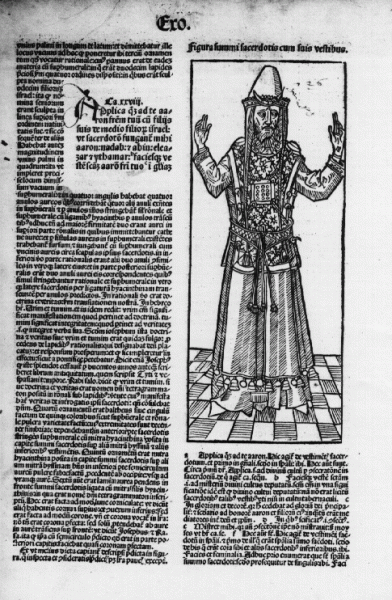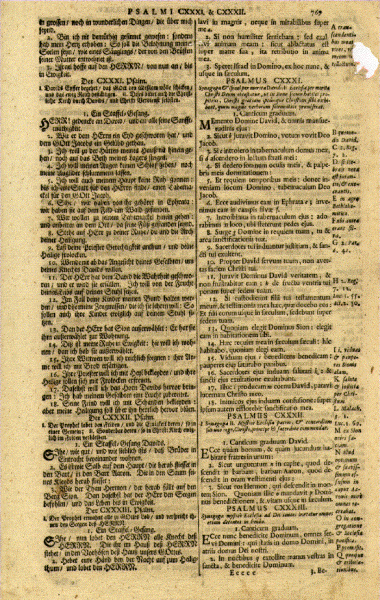An Armor of Commentary
Today, we remove the protective shell from an ancient text. The University of Houston's College of Engineering presents this series about the machines that make our civilization run, and the people whose ingenuity created them.
The handwritten books of the high middle ages used a distinctive trick to teach science, religion, and logic. Those subjects were all based on ancient authority -- on Vitruvius, Augustine, or Plato. An Aristotle text would be laid out in a small square of words, centered on a page. Around that kernel of text, and sometimes to the page beyond, flowed commentary.
So the medium became the message. The layout said the ancient text was infallible. You find that layout in Bibles today -- still asserting infallibility. The text lies there like a peach pit, hard and indestructible. But historian Anthony Grafton reminds us that the old texts themselves were soft and vulnerable. "Imprisoned in its armor of commentary," he says. They were more like an egg in a shell than a pit in a peach.
The 14th-century Biblical scholar Nicholas of Lyra produced 50 handwritten volumes of commentary on the Latin Bible. Little islands of Bible text swam in that great ocean of words. He used mystical allegory to shield the down-to-earth text of The Song of Solomon against salacious readers.
150 years later, Nicholas's commentaries had been set in the new medium of print, and Martin Luther was reading them. By then, the old iconographic armor-plate was breaking down. Luther spent years making his own translation of the Bible. He warned that all translations were the work of human minds, and were flawed.
And so, in Luther's time, a new page layout came into being. The so-called polyglot Bibles displayed parallel columns of the same text in two or more languages. Not only the interpretation, but the translation itself, was now free to breathe. Of course, when that happened, the Protestant Reformation followed.
Once the old science texts were freed from those cases of commentary, a scientific reformation also took place. Science had to be rebuilt. Aristotle or Galen would be judged by new standards. No longer frozen authorities, they became the human authors of imperfect early sciences that others could build upon. After 1500, knowledge would have a living human center.
It would be silly to claim that renaissance humanism came about because we changed the layout of books. That's not how technology works. The things we make and the thoughts we think are all of a piece. The way we make a book -- or an engine -- reflects who we are. Once we'd made millions of new printed books we began reading the old texts with an easy familiarity. And, as we read books differently -- well, we began making books differently as well.
I'm John Lienhard at the University of Houston, where we're interested in the way inventive minds work.
(Theme music)
Grafton, A., New Worlds, Ancient Texts (with April Shelford and Nancy Siraisi). Cambridge, MA: Harvard University Press, 1992.
I am grateful to Jeffery Scoggins, Detering Book Gallery, for spotting the Grafton source for me.

An example of armored text from Biblia Latina / cum postillis Nicolai de Lyra et additionibus Pauli Burgensis... Nuremberg: Anton Koberger, 1485.
Image Courtesy of Special Collections, UH Library

This image shows the dual columns of a polyglot Bible. Bible. Polyglot. 1496.
Image Courtesy of Special Collections, UH Library